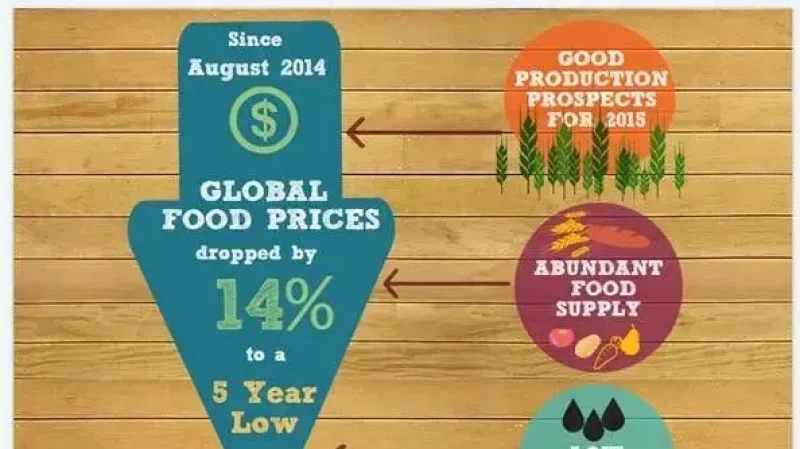Today, about one-in-eight people across the world do not have enough food to eat. Addressing this problem of food insecurity today is daunting, and it will become even more so in the future as we face a projected increase of the world’s population to 9 billion by 2050.
In the United States, almost 50 million Americans suffered from food insecurity in the past year.
Fortunately, there have been major advances in agricultural technologies over the past 20 years that have enabled higher and higher yields without having to use more of our limited resources. Perhaps the most important development has been in the advances of genetically modified organisms (GMOs). Through the use of GMOs, we are able to produce enough food at affordable prices to the world.
Of critical importance is that GMOs help keep food costs low; if GMOs did not exist, food prices would be dramatically higher in the U.S. and across the world. This is especially critical to low-income consumers who have limited amounts of money to spend on food. If prices were higher – as would occur in the absence of GMOs – this would lead to higher rates of food insecurity across the world, including in the U.S.
Read full, original article: Thank genetic modification for low American food prices































